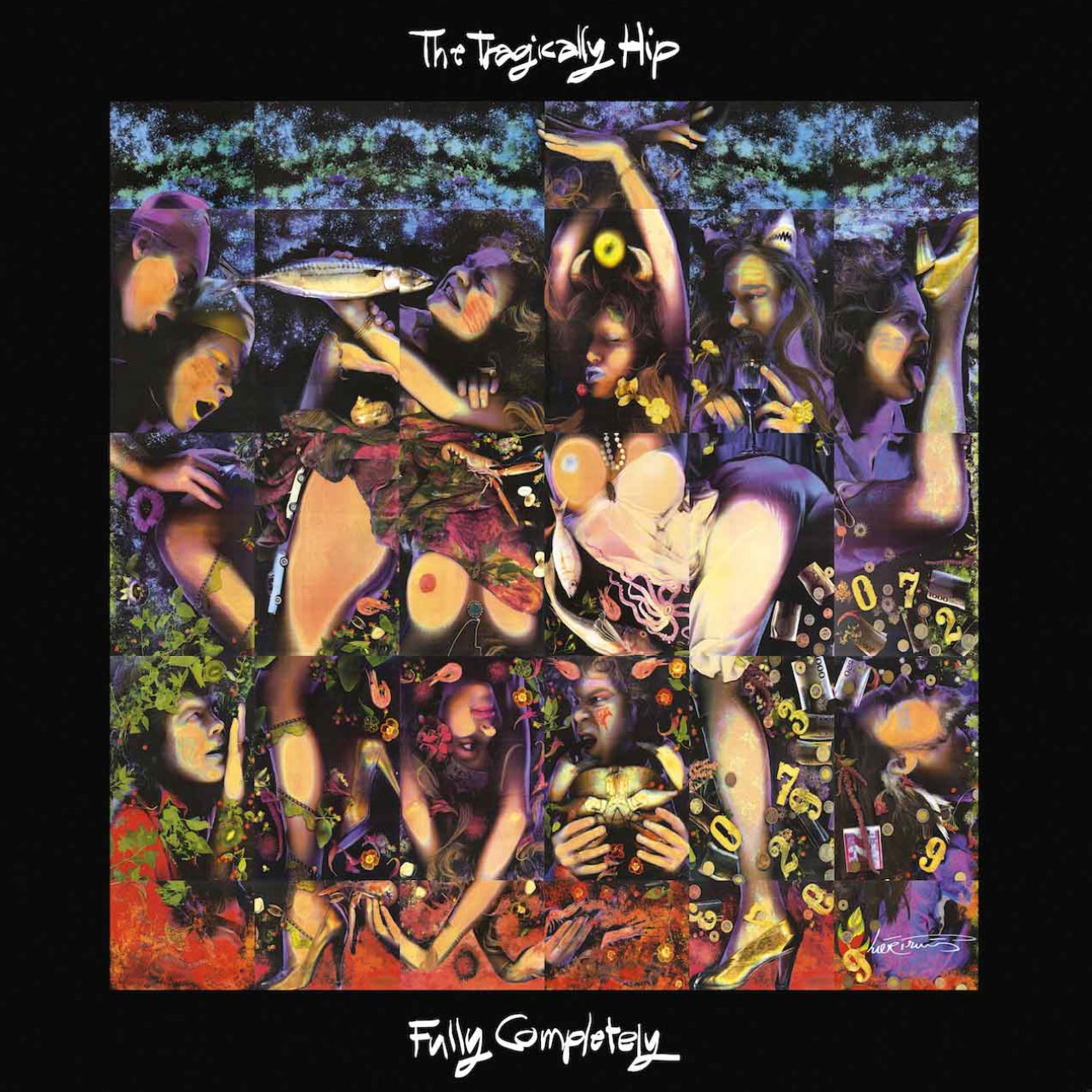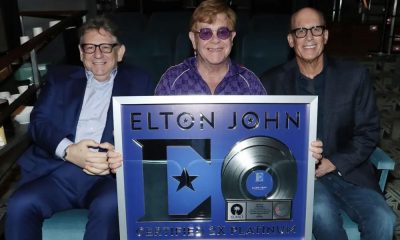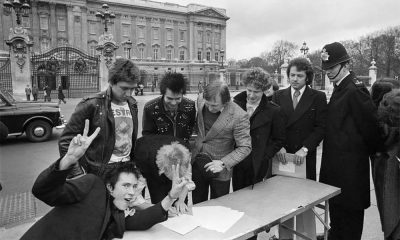News
‘Fully Completely’: When The Tragically Hip Found Its Voice


When The Tragically Hip released their third album, Fully Completely, in October 1992, it sold over 200,000 copies within five weeks and went on to sell more than a million at a time when few acts in Canada were selling half those numbers.
Could The Hip have foreseen that kind of success? It’s impossible to say. Fully Completely was recorded at a time of confidence among the five members – Gord Downie, Rob Baker, Paul Langlois, Gord Sinclair, and Johnny Fay — who were riding high following the success of their sophomore album Road Apples a year prior.
There must have been some trepidation as well since Bruce Dickinson (the vice-president at MCA who discovered The Hip) had suggested they work with an upcoming producer named Chris Tsangarides, who knew as little about them as they did about him.
Tsangarides had made his mark with hard rock bands like Thin Lizzy, Judas Priest, and Black Sabbath and represented a stark departure from The Hip’s previous producer Don Smith, who helmed their first two albums. Instead of playing live to record in the studio, Tsangarides wanted to record the members individually and try to capture how they sounded live.
He wanted the rawness and authenticity of their performances, only bigger and more polished, which seemed like a good idea even if it made for dull moments in the studio. This was how most albums had been recorded since the late 70s, but The Hip was an exception. There must have been reservations, but they did what they were asked and created a piece of work that sounded better on the radio than anything they had put out before.
Radio may also be the key to understanding why Fully Completely won so many people over, and so quickly. The Hip had built a reputation for being an astonishing live band, but this was probably the first time an audience could pay equal attention to what their songs were about. Listeners were suddenly exposed to their nuances and the kind of lyricism that instantly set Downie apart from his contemporaries.
Set against some of the stadium-filling albums of 1992 – Core by Stone Temple Pilots, the eponymous debut by Rage Against The Machine, Fear of the Dark by Iron Maiden, Adrenalize by Def Leppard, or Nirvana’s Incesticide – the tracks that form Fully Completely seem to possess an almost fragile quality with their focus on hockey, geography, and sixteenth-century Conquistadors.
While their 1987 debut offered hints of a somewhat skewed approach to songwriting (“I’m a Werewolf, Baby”), and Road Apples saw Downie embrace his idiosyncratic style with references to Jacques Cousteau and Shakespeare, it wasn’t until Fully Completely that he allowed his inner poet to take the upper hand, looking inward where other bands aimed for worldlier themes of love, and sexual conquest.
This was evidenced in the album opener “Courage (for Hugh MacLennan),” where he paraphrases the Canadian author in the bittersweet refrain, “There’s no simple explanation, for anything important any of us do/And yeah the human tragedy, consists in the necessity of living with the consequences.”
Like all Hip records, Fully Completely sees Downie litter the album with Canadian references, relishing the specificity of his muse. He namechecks Jacques Cartier, the first European to map the Saint Lawrence River in “Looking For A Place To Happen.” On “Fifty Mission Cap” – one of The Hip’s most enduring hits – he’s inspired by a hockey card featuring Toronto Maple Leafs’ player William Barilko, who disappeared on a flight with his dentist in 1951. The team didn’t win another Stanley Cup until 1962 when his body was found.
As for “Wheat Kings,” it’s arguably the only song in rock that opens with the sound of common loons, those North American aquatic birds that occupy pride of place on gold-colored Canadian dollar coins. Set in rural Saskatchewan, it referenced a miscarriage of justice involving David Milgaard, who served 23 years in prison for a rape and murder he did not commit. Milgaard was arrested in 1969 and released in 1992; the year “Wheat Kings” was born. Nothing about the song ought to have suggested longevity, but it thrived, appearing 359 times on stage and covered by 17 artists over the band’s lifetime.
Ultimately, it is impossible to define what exactly makes Fully Completely an album worth celebrating decades later. It has weathered changes in tastes, moved from cassette players to streaming in the ether, and retained a certain potency that marks all great albums with the stamp of something timeless.
Pre-order the 30th anniversary of Fully Completely, out October 7.

-
Paul McCartney And Wings To Release Historic Live Album ‘One Hand Clapping’
-
Elton John Earns Multi-Platinum Plaque For ‘Diamonds,’ Shares ‘Step Into Christmas’ EP
-
Jon Batiste Announces ‘Uneasy Tour: Purifying The Airwaves For The People’
-
Best Political Punk Songs: 20 Essential Anti-Establishment Tirades





